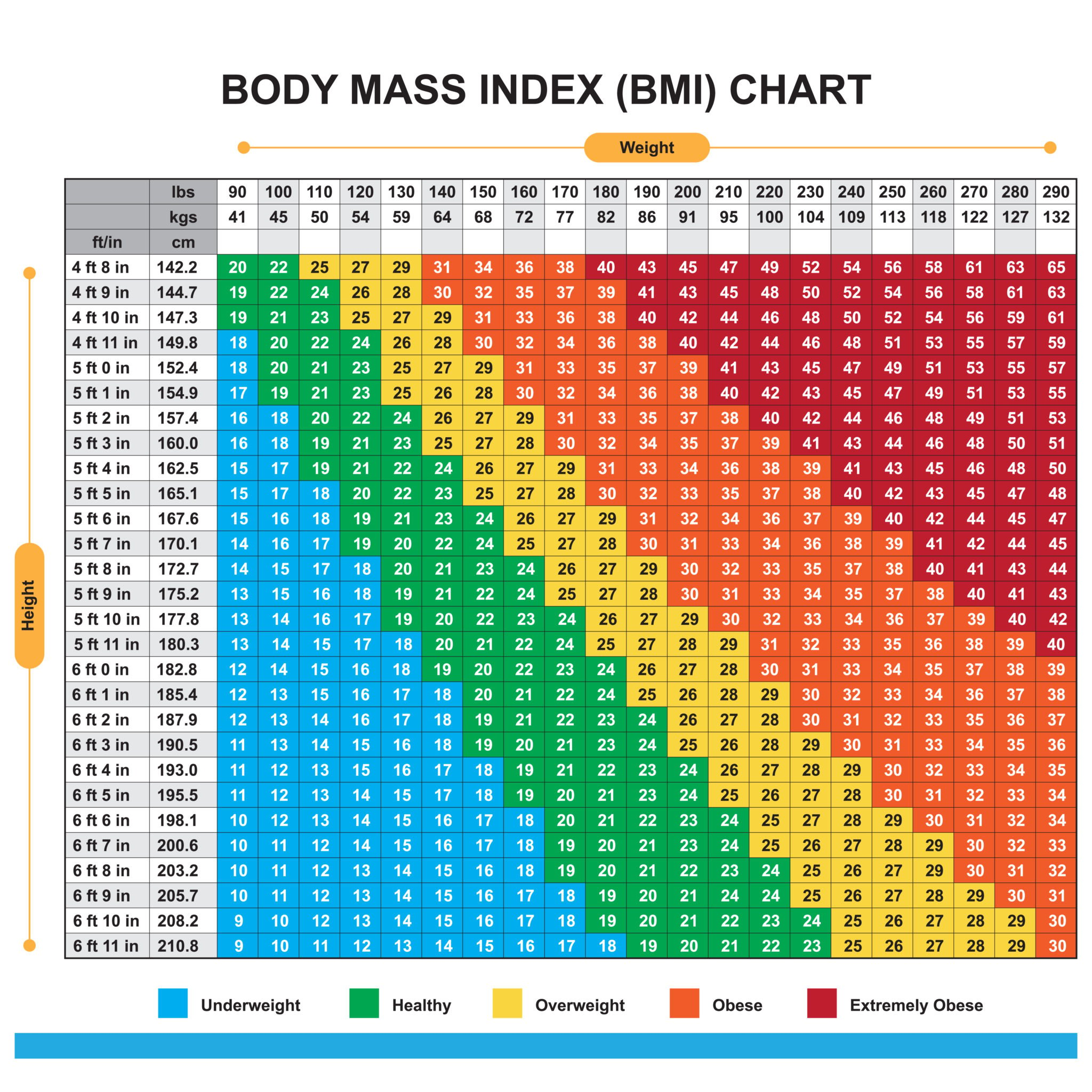
Basal Metabolic Rate (BMR)īMR is the minimal energy needed to sustain life such as body functions and homeostasis.
BMR LEAN BODY MASS FREE
In adults, abdominal obesity is mostly due to accumulation of visceral fat which increases concentration of free fat molecules in blood vessels causing obesity related diseases such as hypertension cardiovascular diseases and diabetes. WHR greater than 0/90 in females and 0.95 in males is considered as abdominal obesity. Waist-hip Ratio (WHO): The circumference ratio between waist and hip is used to determine abdominal fat. Weight alone does not necessarily define obesity but rather as more muscle content yields greater body mass, percent body fat is more importantly considered than body weight in diagnosis of obesity. Percent Body Fat: Percent body fat not only considers weight but also takes proportion of body fat mass in weight to determine the degree of obesity. BMI can only diagnose obesity on surface level. Obesity DiagnosisīMI: Body Mass Index (kg/m2) is an index used to determine the degree of obesity by calculating weight (kg) relative to height (m2) as it only considers weight and height. However, their imbalance shows symptoms below:Ĭheck your health status with shapes weight-muscle mass fat graph form. Body Composition in More Detailīody weight comprises of 4 components: body water, protein, mineral and fat and these components are well balanced in a healthy body.

Please book on our app, on your My Profile Account or contact a member of the gym team on your next visit. You can also use your 15 minutes to discuss new goals and ways of exercising with our instructor - your health and wellbeing goals remain our top priority.

If you wish to use the analyser outside the gym journey, it costs £5 for a 15 minute assessment. We have an analyser at all three of our leisure centres which are included at no extra cost in your gym journey appointments. It's a great way to monitor your health improvement! Book in for a Body Composition Analysis with an instructor today. A breakdown of the segmental lean/fat of each arm, leg & trunk.Īll this can help you focus your workout and achieve the results you want quicker with this diagnostics technology today.In just 5 minutes, we can produce a fact sheet identifying the following measurements: The 417 kcal loss in BMR (2091 to 1674), while significant, was not greater than what would be predicted from loss of LBM.Ever wondered what your body composition is? Wondered what percentage of the fat content vs muscle is in your body? Why not try our Body Analyser? Conclusion: Bariatric surgery appears to have been highly successful over the 12-month follow-up period, with 50.9 kg weight loss, 38.3 kg (75.2%) FM loss, and 12.6 kg (24.8%) LBM loss. There were no significant changes in the BMR/LBM ratio over the 12-month period (28.3 vs 25.0 vs 27.3 vs 27.2 vs 27.4), indicating no adaptation of the body to an energy-conserving mechanism.

Changes in LBM were correlated with changes in BMR at both 6-12 months (r=.545, P=.024) and preoperatively to 12 months postoperatively (r=.608, P=.01). Thereafter, there was no significant change in BMR (1758 vs 1647 vs 1651 vs 1674) respectively. A significant decrease ( P<.05) in BMR (2091 vs 1758) was observed only from pre-surgery to 1 month post-surgery. Significant losses in LBM were observed in all time periods except 6-12 months, where no change in LBM (60.6 vs 61.1 kg) was observed. Results: Analysis of variance (ANOVA) using the general linear model indicated significant ( P<.05) losses for weight, FM, and % fat for all time periods. Variables measured in this study included weight, lean body mass (LBM), fat mass (FM), % body fat and basal metabolic rate (BMR). 2 female subjects were lost to the study between 6 months and 1 year, resulting in 17 subjects (12 female, 5 male) completing the entire 12-month follow-up. Methods: 19 bariatric patients (14 female, 5 male) began the study and completed 12 months of testing, which included data collection within 1 week preoperatively and 1, 3, 6 and 12 months postoperatively. The primary objective of this study was to track body composition and metabolic changes for 1 year following bariatric surgery. Background: With the failure of traditional weight loss plans, bariatric surgery has become the treatment of choice for morbid obesity.


 0 kommentar(er)
0 kommentar(er)
